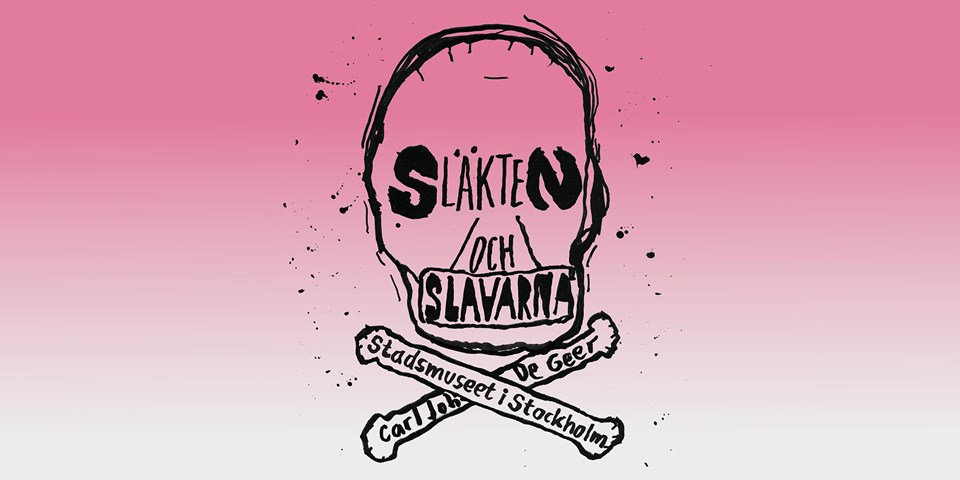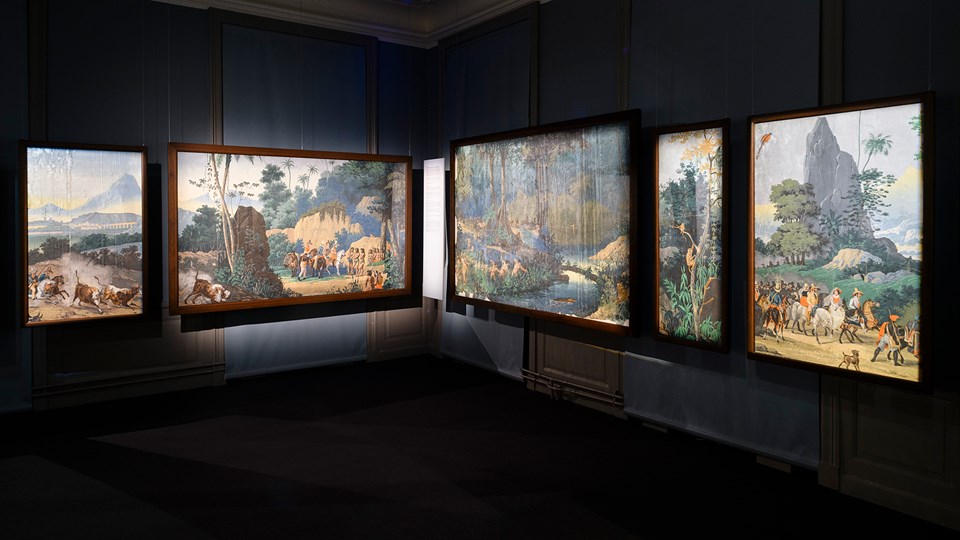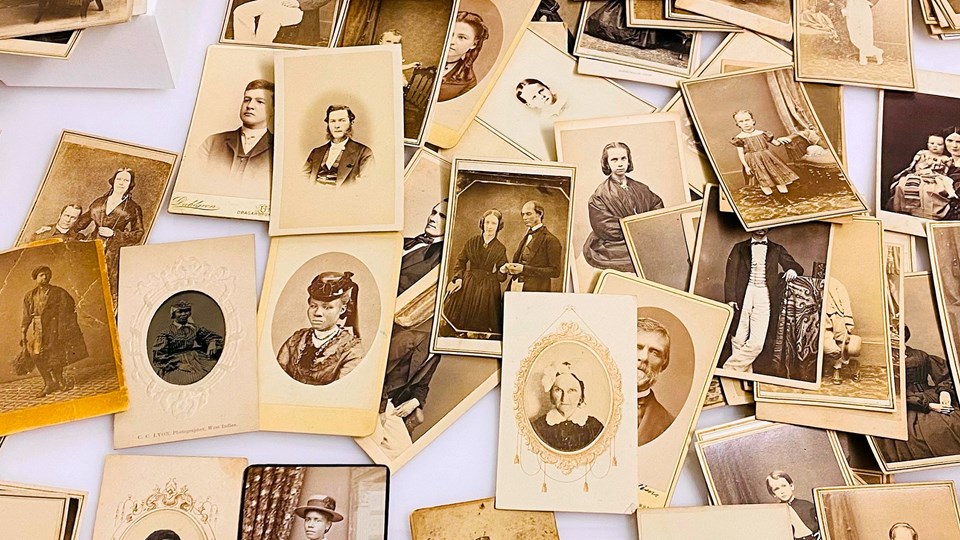One day in the 00s, in a grocery store, a tall black man approached me. “Do you know that your ancestor owned a slave station in Ghana?” I got a mental punch in the face that day.
In Carl Johan De Geer’s exhibition “The Family and the Slaves”, furniture, fabrics, and images have been combined into seven different installations. They tell the story of the confrontation with his own family’s involvement in slavery in the 1600s. The hands-on work of nailing and carpentry on the installations can be seen as a way of processing this shocking discovery.
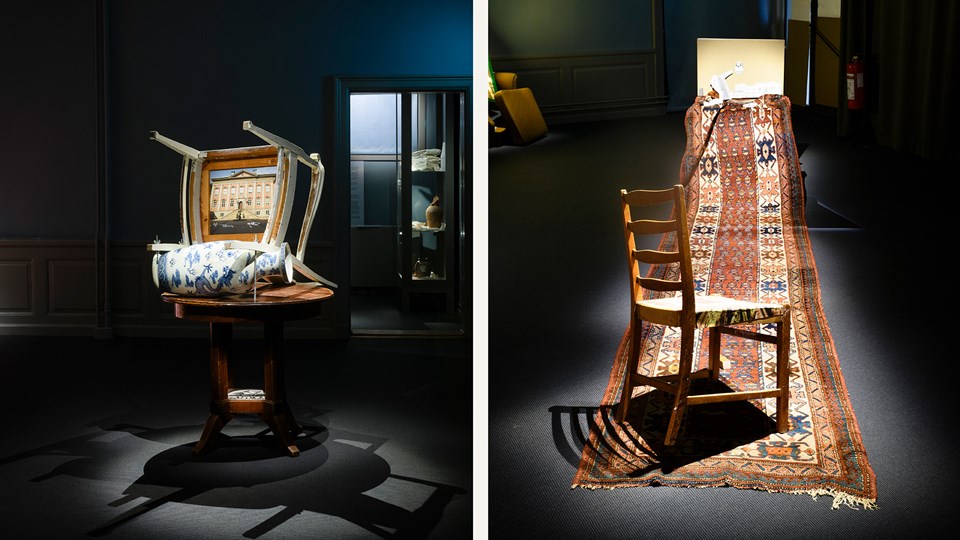
The exhibition raises several questions. How can we relate to evil in the past? What role do these events play for us today? What is our time’s blind spot? History does not belong solely to the past, as one might think. Events that took place several hundred years ago affect us here and now.
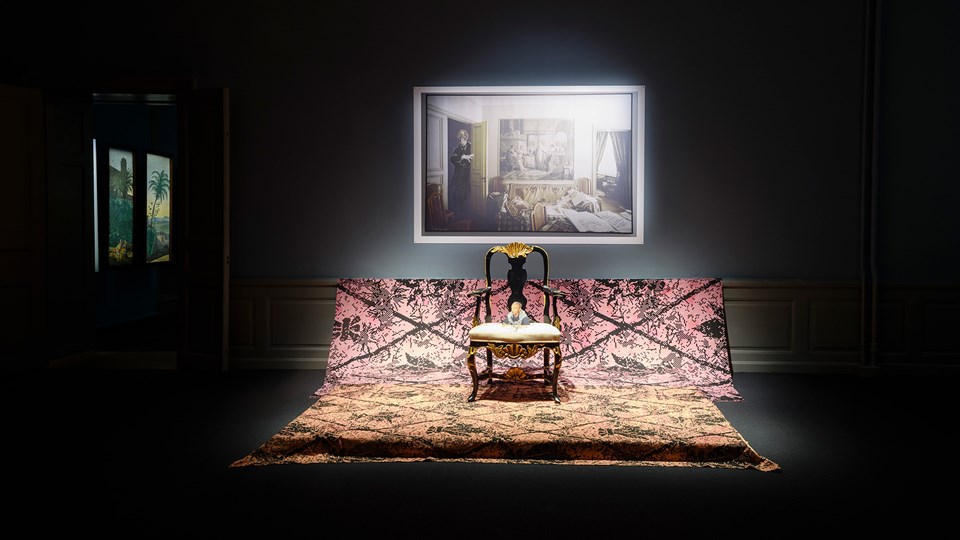
Carl Johan De Geer
Carl Johan De Geer, born in 1938, has worked with film, photography, textiles, painting, literature, graphics, and scenography for more than half a century.

